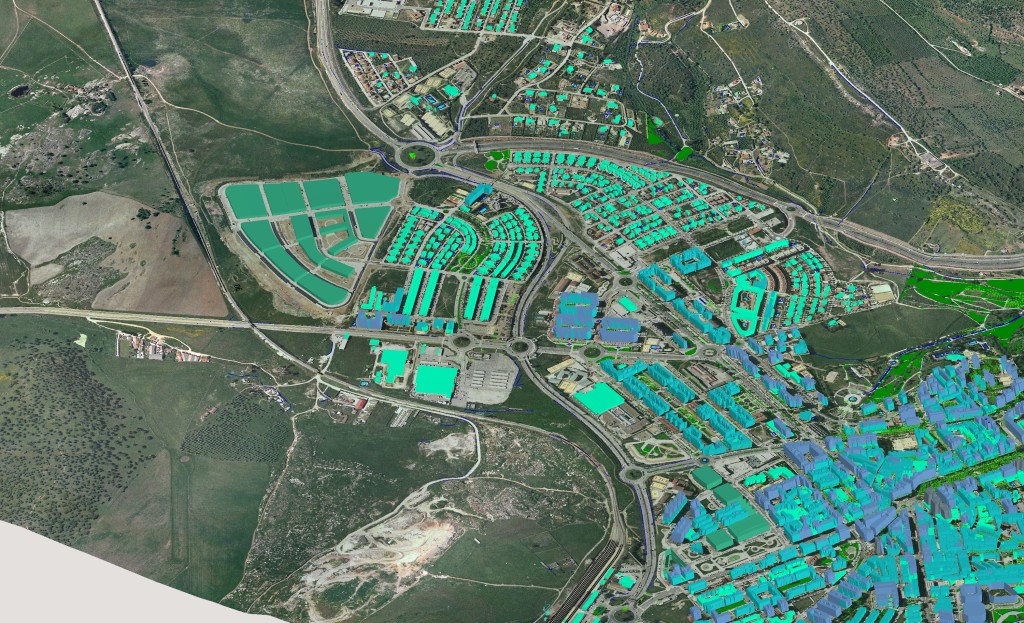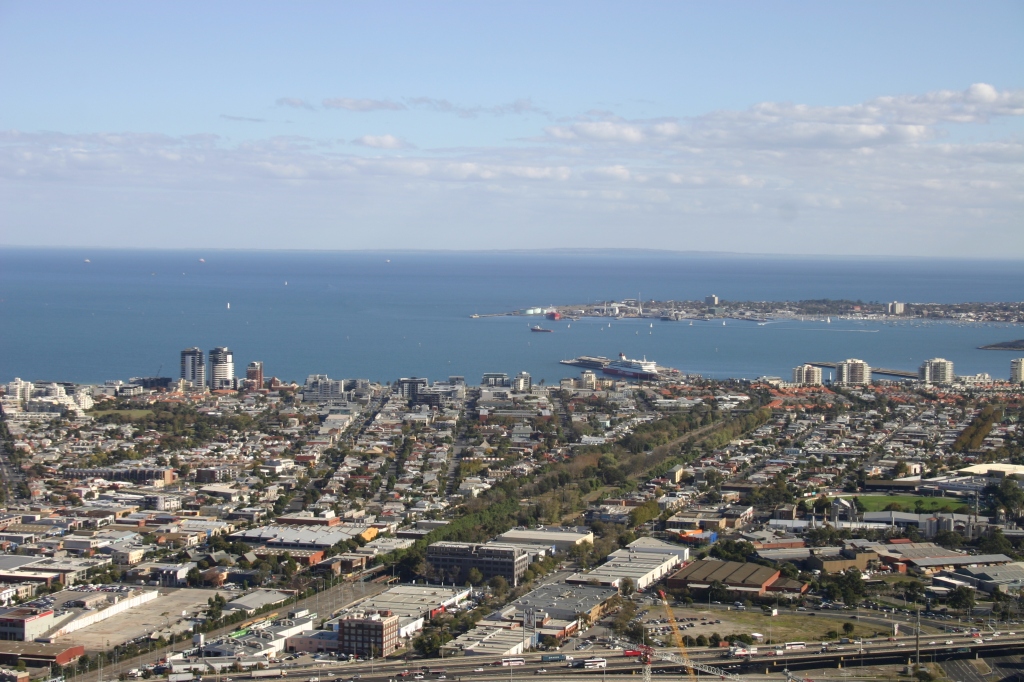thoughts from geography
-

Velocity Reversal in Pool-riffle Sequences
There is an exponential decline of bed material particle size as you move downstream due to the fining as a result of abrasion and sorting. Smaller particles are preferentially entrained and transported creating a set of bedforms. The most common are pool-riffle sequences which are characteristic of many single-channel alluvial rivers (Carling & Orr, 2000). They…
-

The Florida Everglades: Human-Environment Interactions
Located in Southern Florida and widely known as the “River of Grass”, the Everglades are one of the largest wetlands in the world. The ecosystem covers over 4,500 miles of slow moving waters. Water leaving the lake in the wet-season forms a slow-moving river 60 miles wide and over 100 miles long, but rarely more…
-

Bruneau Sand Dunes, Idaho
The Bruneau Dune system is located in the Bruneau Dunes State Park, Idaho, USA (Fig 1). The park is 8 miles east-northeast of the town of Bruneau and about 18 miles south of Mountain Home. The park has an area of 19km², housing Sand Dune Lake. The majority of the Bruneau Dunes are located around the lake.
-

Practical Advice on Fuel Poverty
Fuel Poverty affects 2.7 million households and represents those spending more than 10% of their income on heating. By 2015 this figure is expected to reach 3 million. The social, financial and health effects are considerable. The Hills Review demonstrated a link to 27,000 deaths every year and an even greater number of cases of…
-

Reducing CO2: Conversion Factors
There is a simple way of reducing CO2 emissions year on year without having to put any effort in at all. It requires no changing of habits, reduction in energy use or in fact any changes at all. Just by continuing to use the same amount of energy each year a reduction in carbon production…
-

An Analysis of Accessible Natural Green Space Provision for the SO50 Postal Code Area
Using the Digimap data download service, CodePoint data in .csv format was acquired for the SO50 District. The .csv file was amended; the column ‘Non-domestic_DPs’ was removed due to it containing a non-readable hyphen. The .csv file was then added to ArcMap using ‘add data’. A coordinate system was added via the tools menu and…
-

The Lake as a Microcosm
Lakes are ‘a little world within itself, a microcosm within which all the elemental forces are at work and the play of life goes on in full, but on so small a scale as to bring it easily within the mental grasp’ (Forbes, 1887). A microcosm is an isolated system, independent from the wider environment.…
-

A Systems Approach to Port Phillip Bay
Port Phillip Bay is capable of providing for the 3.5 million people who dwell on the coast with a diverse and wealthy level of opportunity and exploitable capital. It is the combination of which that gives Port Phillip Bay a reputable identity. Port Phillip Bay is a complex system, socially, economically and environmentally. It operates…
-

Adaptive Management
Port Phillip Bay is home to multiple formal and informal institutions across a variety of scales. Government stakeholders (Table 11) operate on larger scales and have a greater level of resources. Decisions on this scale tend to be more long term and reactionary. Formal institutions take time to set up studies and then implement their…
-

Management and Governance
Resilience is one approach to management. All forms of management require that stakeholders take action to alter the system or promote and sustain aspects deemed to be advantageous. Stakeholders in the Port Phillip Bay system are identifies in Table 8.
Got any book recommendations?